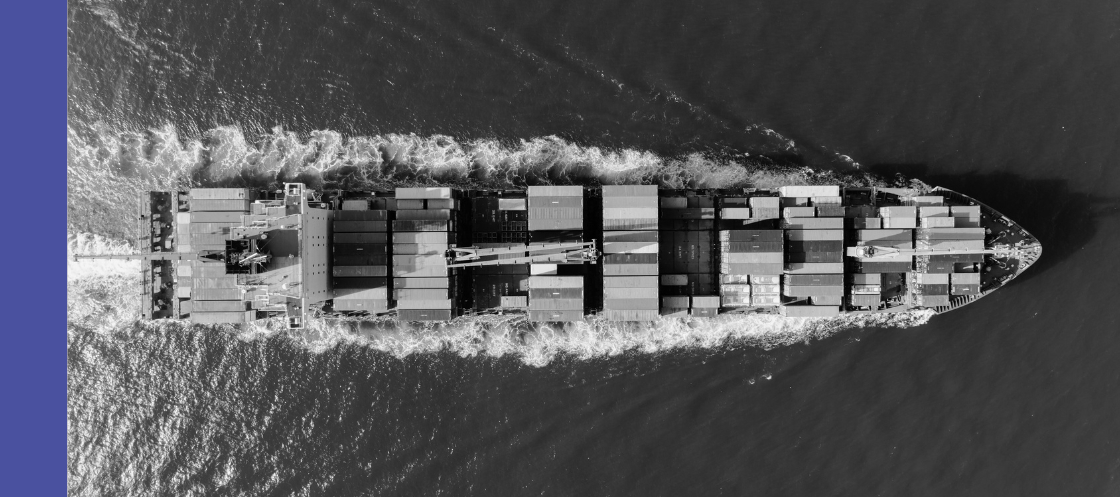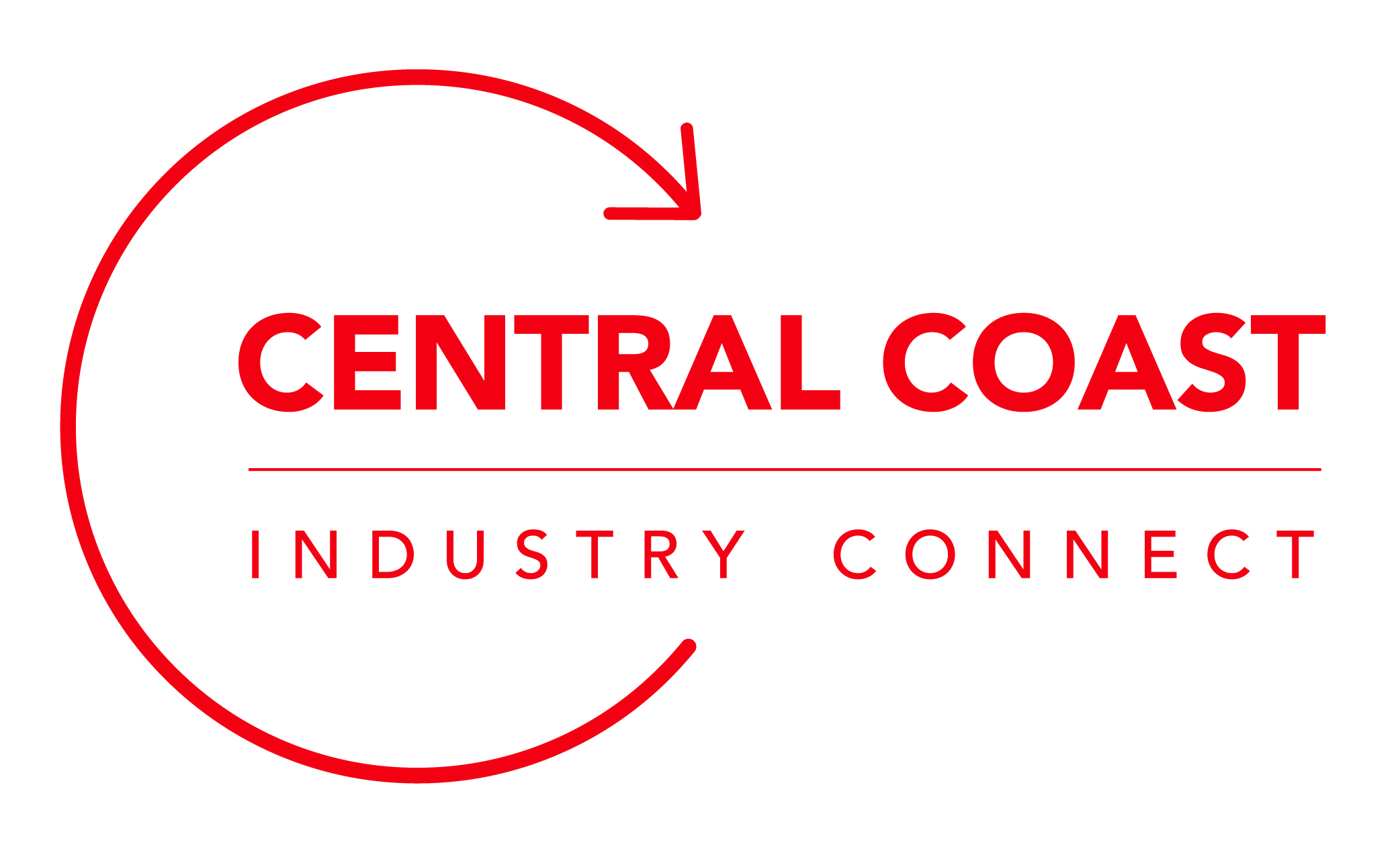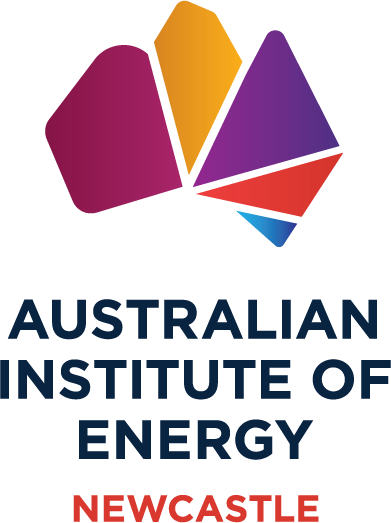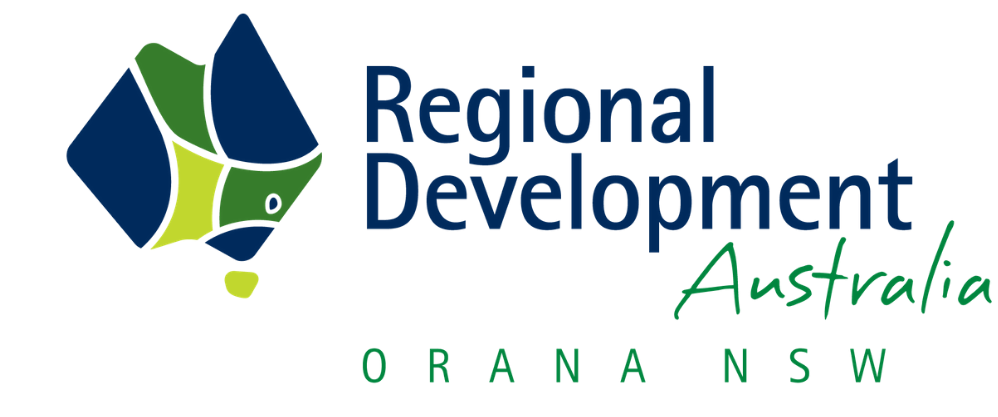COP29 agreement bolsters hydrogen investment for zero-emissions shipping
A new industry commitment to hydrogen-based fuels could transform maritime decarbonisation pathways.

More than 50 leaders from across the shipping value chain, including vessel owners, cargo operators, ports, and hydrogen fuel developers, signed a Call to Action at COP29 in Baku, committing to accelerate the adoption of zero-emission fuels.
The agreement sets a target for hydrogen-derived and other zero or near-zero emission fuels to account for at least 5%, and up to 10%, of the shipping sector’s energy needs by 2030.
The initiative, Green Hydrogen and Green Shipping: Amplifying the Power of Hydrogen in a Just and Equitable Transition, was led by RMI, the UN Climate Change High-Level Champions, UCL Energy Institute, and the United Nations Foundation. It incorporates the need for coordinated investment in zero-emission vessels, scalable hydrogen-derived fuels like e-ammonia and e-methanol, and the infrastructure required to support them.
Ports and service providers have also pledged to develop safety systems and bunkering facilities for hydrogen-based fuels, aiming to make zero-emission shipping a practical reality.
This collaboration comes ahead of a critical meeting of the Marine Environment Protection Committee in April 2025, where the International Maritime Organization (IMO) will establish regulations on greenhouse gas emissions and fuel standards. Industry leaders are calling for these measures to include ambitious mid-term goals and a pricing mechanism to close the cost gap between fossil fuels and sustainable alternatives.
“Next year’s IMO meetings will consider what is likely the single most important policy decision for driving a new international market for zero-emissions fuels,” said Alex Hewitt, cofounder of CWP Global. “This will, in turn, deliver a massive lift to the emerging green hydrogen market and the important projects required to supply it.”
The agreement aims to catalyse green hydrogen production, with a global target to double production by 2030. The maritime sector alone is expected to require at least 5 million tonnes of green hydrogen by then. This represents a growth opportunity for hydrogen producers and ports, particularly in developing countries, where investment in green fuel supply chains can create skilled jobs and bolster local economies.
Fortescue, one of the signatories, is already exploring the potential of green ammonia as a shipping fuel. Its Fortescue Green Pioneer, the world’s first dual-fuel ammonia-powered service vessel, has demonstrated the safety and feasibility of this technology.
“With the Green Pioneer, we have shown that the solutions in this space exist, and that green ammonia is safe,” said Dr Andrew Forrest AO, Fortescue’s Executive Chairman.
“The choice is whether to waste the next 10 years on incremental measures that cost more and deliver less or deliver a Real Zero fuel standard that drives investment into real maritime decarbonisation solutions.”
Philip Julien, founder of Kenesjay Green, noted that hydrogen's decarbonisation potential extends beyond shipping. “The greater the demand for low carbon hydrogen...the greater the incentive for investments in low carbon hydrogen production. This increased demand will drive the technological development of hydrogen and help reduce its production costs,” he said.
The Call to Action also emphasises the importance of partnerships across the maritime value chain, with stakeholders working together to align investments and create enabling conditions for rapid decarbonisation.
“Collaboration across the maritime value chain is key to an accelerated, just, and equitable transition of the sector to renewable fuels,” said Oleksiy Tatarenko of the Green Hydrogen Catapult.












